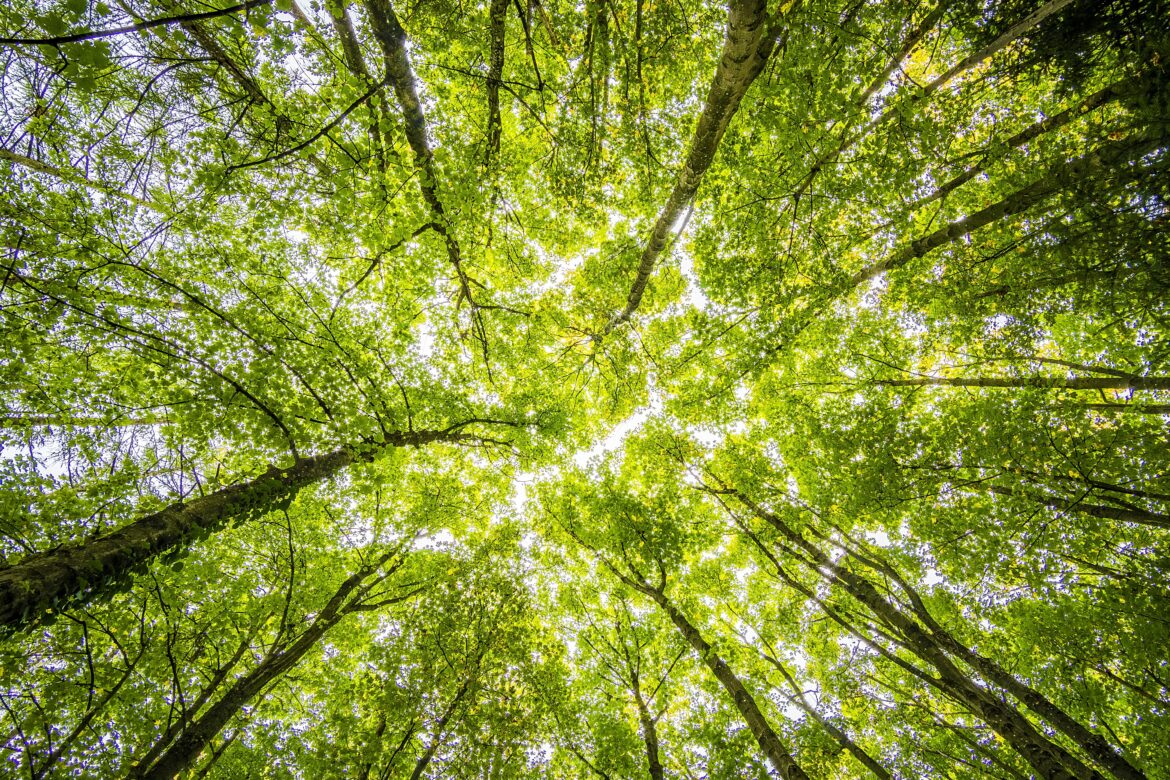By Greta Chiocchetti
On Tuesday, May 4, Academy of Art University School of Landscape Architecture (LAN) Director Heather Clendenin led an inspiring conversation about the impact landscape design has on our daily lives, using the familiar symbol of trees.
“I am here, as a landscape architect, because of trees,” Clendenin began. “It’s a long story, but the short version is that one week, there was a forest that was a great destination for us, and two weeks later, it was gone. That single experience made me realize that I needed to understand the larger picture, instead of the microscopic view that I was learning as a botany student.”
Clendenin began “The Art & Science of Trees” webinar by reframing how many of us see the seemingly ubiquitous tree by shining a light on the many ways they impact our daily lives, from beautifying our surroundings and filtering carbon dioxide out of our air to muffling traffic noise in our cities. Along with their biological role, trees serve as design inspiration, offering landscape architects a unique opportunity to fuse science and art in their work.
“Trees are spectacular creatures that come in all shapes, sizes, colors, sculptural forms, bark textures, and branch patterns,” said Clendenin. “They give us a sense of where we are in the world, a sense of their location. Their very forms are a pure expression of where they exist in the world and all the forces they have to contend with.”
To illustrate the point, Clendenin showed a variety of stunning and unique species of trees, from the dramatic, twisty bristlecone pine that grows out of a slab of granite to the giant towering sequoias of California, and the cheerful pink flowering cherry blossoms on Sakura trees.
Over the past year and a half, Clendenin said, we’ve come to terms more than ever before with how important it is to nurture a relationship with nature.
“The pandemic has taught us that open, public green spaces have become a lifeline for people, and it has also taught us that millions of people around the world don’t have green spaces or open public spaces to go to,” said Clendenin. “If there was ever a time to plant more trees, this is it.”
In the second half of the presentation, Clendenin welcomed 2016 B.F.A. LAN graduate Eric Arneson, co-founder of the Santa Barbara-based landscape design firm Topophyla, to demonstrate the practice of using trees as a design tool.
“I really love this presentation—its title is ‘The Art & Science of Trees’—because what I really think when it comes down to its simplest definition, landscape architecture is essentially a combination of art and science,” Arneson said. “We are artists as well as scientists. We think creatively; we solve problems by using our understanding of science and the physical world.”
Arneson led a tutorial on how to illustrate trees accurately in architectural drawings—both plan (bird’s-eye view) and elevation (drawn from a vertical view, straight-on)—using various species: strawberry trees, Japanese maples, coastal redwoods, and palm trees. First, using a high-density pencil, he sketched the tree’s shape, then defined it with a felt-tip pen and added splashes of color with markers.
“These things are living things; they have evolved over millions of years to form different shapes and adapt to different ecosystems,” said Arneson. “It’s our job as designers to utilize them in a way that benefits our design and benefits the tree, and benefits ourselves in the future.”
Watch the full webinar below.
